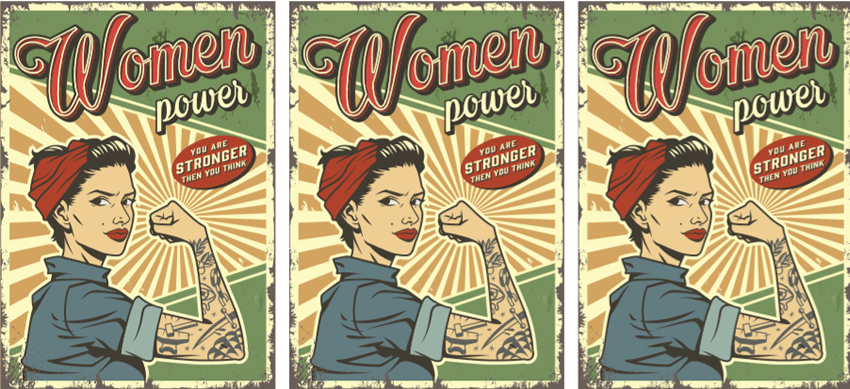Women earns the most in one-in-four households with the proportion of female breadwinners is steadily rising.
Women out-earn male partners in almost a quarter of households, up from a fifth 16 years ago, according to research by the Office for National Statistics (ONS) on behalf of Royal London, the mutual insurer.
The findings show a shift in the traditional earning dynamic between couples and reveal the common assumption that male partners are the higher earners is becoming outdated.
There is a risk that the coronavirus crisis will knock the trend off course, as more women than men are expected to have reduced hours to cover caring responsibilities, be furloughed or lose their jobs.
The percentage of households in which the female partner earns more than the male partner has steadily risen from 19.8% in 2004 to 23.3% in 2019 – an 18% rise.
Women earn the same as or more than their male partner in almost three-in-ten households, up from 22.3% of households in 2004 to 27.6% of households in 2019, the ONS figures show. Men earn more than women in seven-in-ten households (72.4%), down from 77.7% in 2004.
At the current rate of growth, it will take 62 years* before women earn more than men in more than half of households.
A rise in the proportion of female breadwinners and women who earn the same as their male partners has potentially profound consequences for society, including:
- The way couples spread the burden of caring responsibilities for children and adult relatives
- The way couples manage their joint finances
- The gender pay gap and pension gap
The shift also suggests that demand for wealth products and financial advice will increasingly come from women.

Becky O’Connor, personal finance specialist at Royal London, said: “We know that men tend to earn more than female colleagues in the workplace but the domestic gender pay gap is also important when considering economic equality.
“Women becoming breadwinners could be the key to some pretty big changes and the undoing of some harmful assumptions.
“These figures suggest women’s earning patterns are breaking out of a vicious circle that has persisted for generations, in which women have traditionally assumed caring roles, so have earned less; then because they earn less, their incomes and careers often take the hit when caring duties arise.
“The expected impact of the coronavirus lockdown on women’s work and earnings is an example of this playing out in real time, as women’s work has been lost through job cuts and caring demands. This could have lasting impact and derail the rise of the female breadwinner.
“However, in those households where women already earn more, it may make economic sense for male partners to take on more of the responsibilities that typically take women out of the workplace. This could mean more children seeing their fathers as carers.
“Understanding the dynamic of earnings in someone’s household can also help employers shape HR policies on things like flexible and part-time work for men as well as women.”
Notes:
- Data from ONS analysis of the Annual Population Survey cases where the ONS has information on earnings for both the Household Reference Person (this is the highest-earning, or oldest in the case of equal incomes, person in the household who owns the property or with responsibility for paying the mortgage or rent) and their spouse/co-habiting partner, comparing the earnings of the man and the woman in the household.
- The Fawcett Society https://www.fawcettsociety.org.uk/coronavirus-making-women-visible
- Assumes a flat increase of 1.2% every 3 years (based on 23.3% – 22.1%)
You can read the Royal London Press release in full here.


